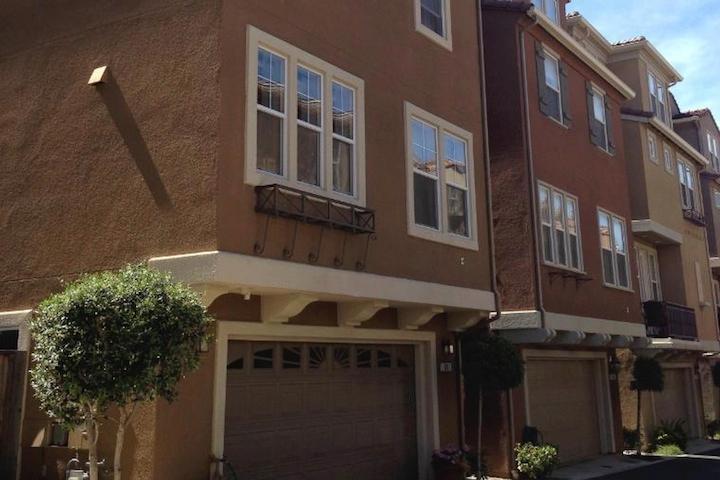
Tug of War
Heidi Williams
Imagine a neighborhood of new residential construction. What does it look like? In California, it’s probably a mix of one-, two-, and three-story homes, townhouses, and high density apartments or condominiums—vertical structures with open floor plans and lots of big windows. You may not think too much about what it takes to make those homes seismically safe, but Reynaud Serrette, professor of civil engineering, certainly does. As a researcher in the field of seismic-resistant design of light frame structures using innovative structural components, he is highly sought after by industry partners and design professionals, and his research has led to changes in building codes and the adoption of new products at the state and national levels.
Commenting on the tradeoffs made to keep building costs down, Serrette explains, "It's a tug of war between what architects want as design elements and what engineers need to provide to ensure the homeowners' safety and minimize damage in the event of an earthquake. In California, where land is so expensive, the ranch-style home is a thing of the past; the trend is to build up, rather than out, and that leaves very narrow spaces, often just 9 to 24 inches wide, within which to provide seismic resistance."
To make these complex modern structures work, the builder often needs to incorporate manufactured elements, but Serrette's recent research, which tested elements from three leading U.S. manufacturers, shows that elements currently on the market perform with widely varying success, some providing a much higher defense against damage than others. "Right now," he said, "we have a situation where homes are built to protect lives but not necessarily to limit damage. At the same time, earthquake insurance costs are so high the majority of homeowners simply go without. In the event of a major earthquake, many structures will be left with significant damage. For change to happen, builders need an incentive to incorporate more innovative damage-limiting structural components."
Serrette sees this change off in the distance. "San Francisco and Los Angeles are looking into establishing a rating system for home construction that could affect insurance rates. Buildings incorporating higher levels of safety elements would be rated higher than those meeting minimum requirements. With a standardized ranking in place, builders could keep a healthy bottom line by charging more for higher-rated homes, and insurance companies could offer lowered premiums as the risk of loss is reduced.
"We're not there yet," he said, "but the goal is to make it so homeowners can stay in their homes after an earthquake."